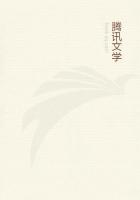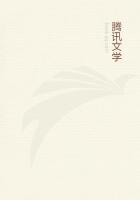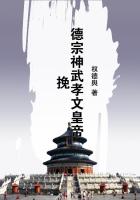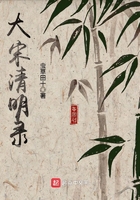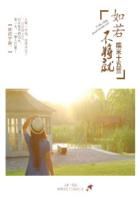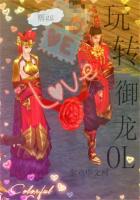The Penguin critics vie with one another in affirming that Penguin art has from its origin been distinguished by a powerful and pleasing originality, and that we may look elsewhere in vain for the qualities of grace and reason that characterise its earliest works. But the Porpoises claim that their artists were undoubtedly the instructors and masters of the Penguins. It is difficult to form an opinion on the matter, because the Penguins, before they began to admire their primitive painters, destroyed all their works.
We cannot be too sorry for this loss. For my own part I feel it cruelly, for I venerate the Penguin antiquities and I adore the primitives. They are delightful. I do not say the are all alike, for that would be untrue, but they have common characters that are found in all schools--I mean formulas from which they never depart--and there is besides something finished in their work, for what they know they know well. Luckily we can form a notion of the Penguin primitives from the Italian, Flemish, and Dutch primitives, and from the French primitives, who are superior to all the rest; as M. Gruyer tells us they are more logical, logic being a peculiarly French quality. Even if this is denied it must at least be admitted that to France belongs the credit of having kept primitives when the other nations knew them no longer. The Exhibition of French Primitives at the Pavilion Marsan in 1904 contained several little panels contemporary with the later Valois kings and with Henry IV.
I have made many journeys to see the pictures of the brothers Van Eyck, of Memling, of Roger van der Weyden, of the painter of the death of Mary, of Ambrogio Lorenzetti, and of the old Umbrian masters. It was, however, neither Bruges, nor Cologne, nor Sienna, nor Perugia, that completed my initiation; it was in the little town of Arezzo that I became a conscious adept in primitive painting. That was ten years ago or even longer. At that period of indigence and simplicity, the municipal museums, though usually kept shut, were always opened to foreigners. One evening an old woman with a candle showed me, for half a lira, the sordid museum of Arezzo, and in it I discovered a painting by Margaritone, a "St. Francis," the pious sadness of which moved me to tears. I was deeply touched, and Margaritone,of Arezzo became from that day my dearest primitive.
I picture to myself the Penguin primitives in conformity with the works of that master. It will not therefore be thought superfluous if in this place I consider his works with some attention, if not in detail, at least under their more general and, if I dare say so, most representative aspect.
We possess five or six pictures signed with his hand. His masterpiece, preserved in the National Gallery of London, represents the Virgin seated on a throne and holding the infant Jesus in her arms. What strikes one first when one looks at this figure is the proportion. The body from the neck to the feet is only twice as long as the head, so that it appears extremely short and podgy. This work is not less remarkable for its painting than for its drawing.
The great Margaritone had but a limited number of colours in his possession, and he used them in all their purity without ever modifying the tones. From this it follows that his colouring has more vivacity than harmony. The cheeks of the Virgin and those of the Child are of a bright vermilion which the old master, from a ***** preference for clear definitions, has placed on each face in two circumferences as exact as if they had been traced out by a pair of compasses.
A learned critic of the eighteenth century, the Abbe Lanzi, has treated Margaritone's works with profound disdain. "They are," he says. "merely crude daubs. In those unfortunate times people could neither draw nor paint." Such was the common opinion of the connoisseurs of the days of powdered wigs. But the great Margaritone and his contemporaries were soon to be avenged for this cruel contempt. There was born in the nineteenth century, in the biblical villages and reformed cottages of pious England, a multitude of little Samuels and little St. Johns, with hair curling like lambs, who, about 1840, and 1850, became spectacled professors and founded the cult of the primitives.

